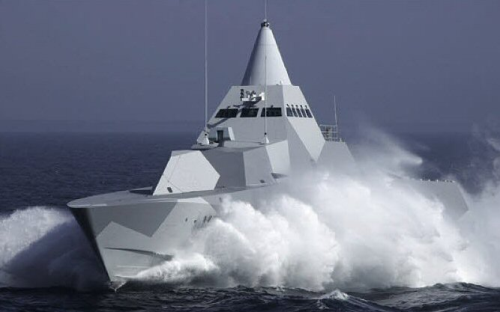
At a conference organised earlier this year by RINA (the Royal Institution of Naval Architects), researchers from Southampton University, UK, outlined an approach to reducing this variance, at the same time showing how structures might be produced at lower cost without sacrificing structural integrity.
The researchers highlighted the all-too common disconnect between structural designers and manufacturers in which designers operate first and then hand off their designs to the manufacturing department which goes on to produce the final structure. Despite ‘design for production’ being an old idea, this sequence ensures that departmentalism prevails and those areas needing to make the highest levels of compromise have the least communication. As a result, structures are often both variable in quality and costly because they are hard to manufacture. Better, it was suggested, would be a concurrent engineering approach whereby designers and fabricators work closely together so that producibility is built in from the start.
Achieving meaningful communication between professional specialisms can be a challenge and requires a concurrent engineering environment that encourages it. At the same time, to prevent the ‘endless meetings’ syndrome, such interplay must be targeted and structured around specific project requirements. The Southampton group went further, arguing that much of the inevitable routine communication can be automated, reserving direct face-to-face meetings for matters requiring high-level collaborative decision making.
Automation would comprise a central database in which intellectual input from all parties is combined, along with extensive modelling of design and production processes. Embraced within an ideal model would be material properties, classification society rules, customer requirements, and previous experience with structural designs, both successful and flawed. A benefit of the latter is that encapsulating a company’s accumulated design wisdom in a model reduces reliance on design gurus who are increasingly apt to move on, tempted by prospects elsewhere. From the model, engineers can rapidly gain an appreciation of where previous errors have added to expense or resulted in non-optimum structures.
The researchers outlined the development of an automated tool combining the use of optimisation and reliability techniques, aided by genetic algorithms, Monte Carlo simulation and other software elements. The tool would enable a much more integral design and manufacturing process to take place iteratively, with optimisation occurring at each stage. Designs would be optimised for mass, performance and cost.
Developing such a tool is challenging. To be useful, it must be easy to learn and use, interfaceable with the disparate IT systems serving different constructors, and able to be introduced unobtrusively alongside current software. While being industry specific, it would have to allow for individual company idiosyncrasies. A software package meeting these criteria should help ensure that composites are applied to best advantage and at lowest cost consistent with meeting structural requirements
This article is an abstract from the feature Marine composites - drawbacks and successes, published in the July/August 2010 issue of Reinforced Plastics magazine. Download the complete feature here.



